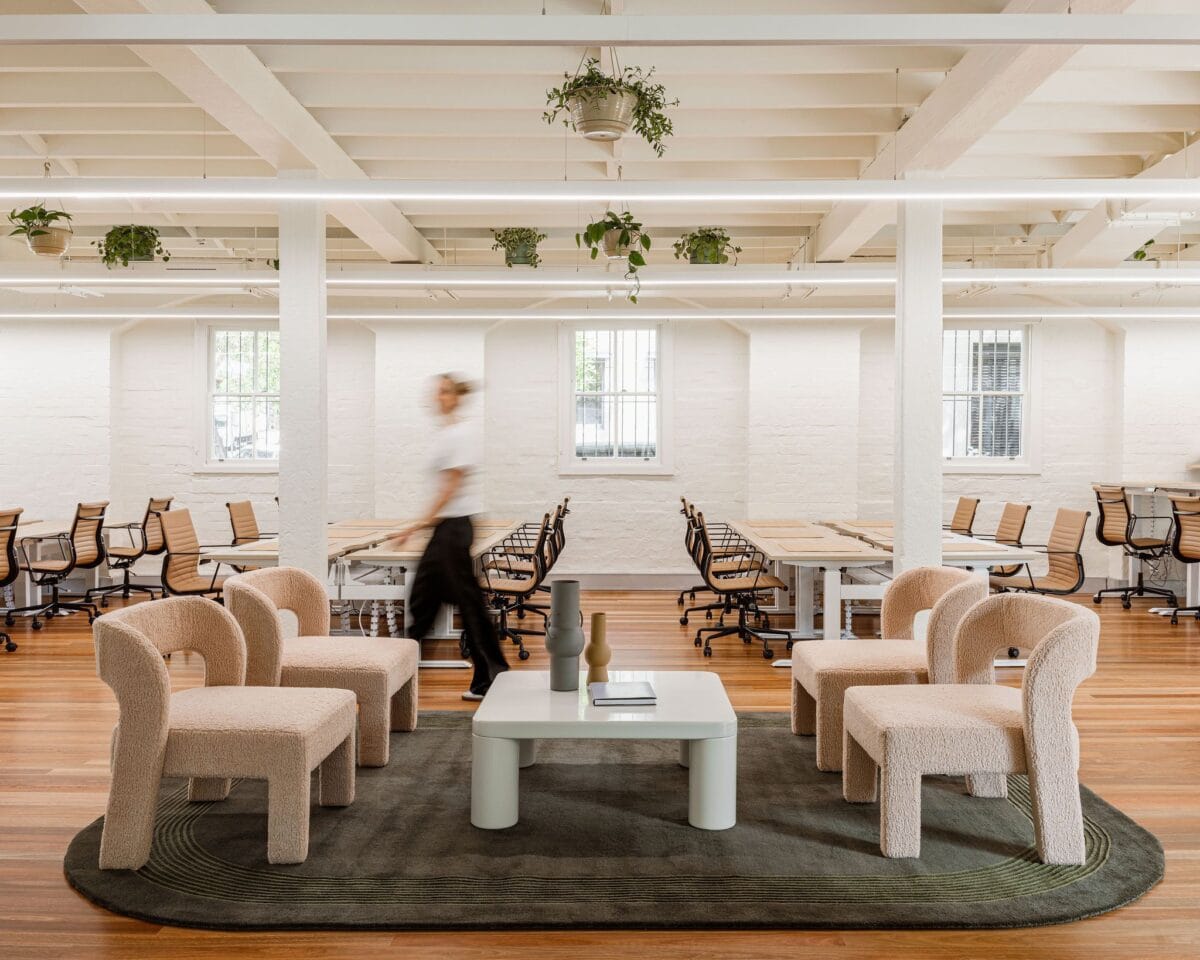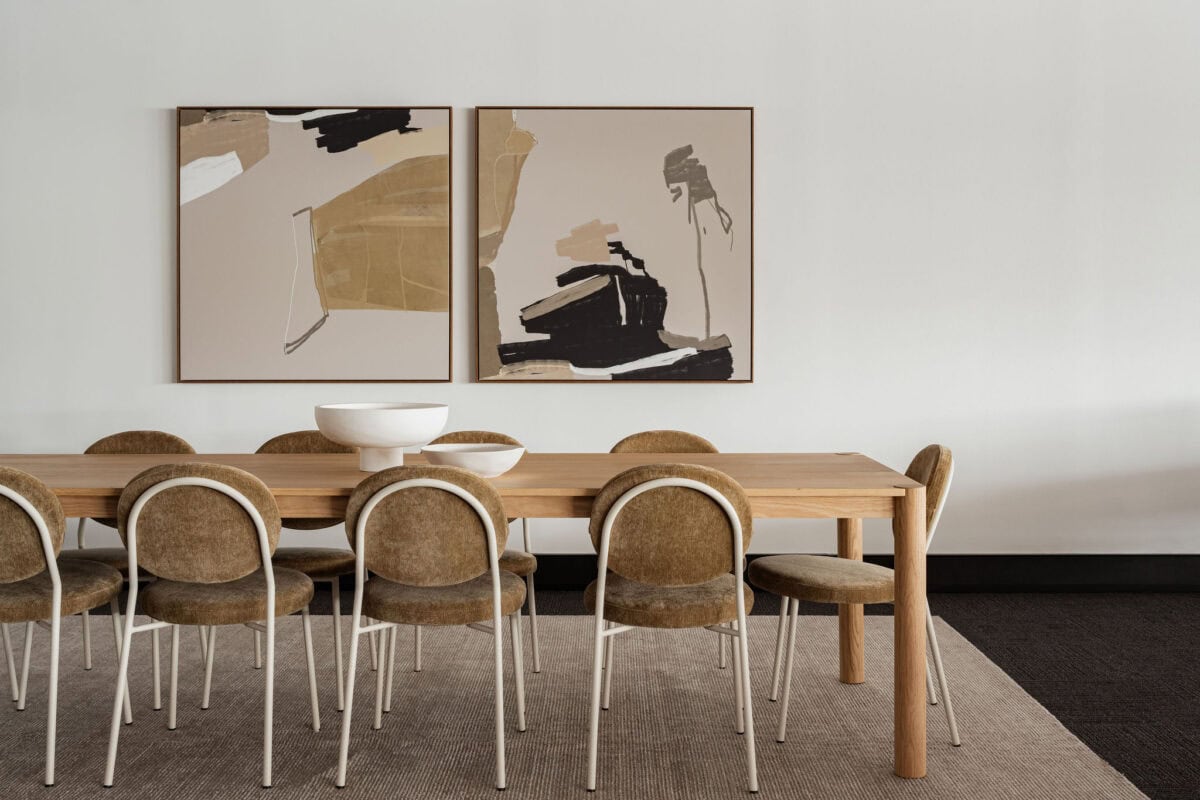Designing Co-Working Spaces
The way we work has changed dramatically, and with it, the spaces we work in. Co-working spaces have evolved beyond just shared desks and coffee stations—they now serve as dynamic environments that foster creativity, collaboration, and productivity. At BOWERBIRD, we’ve had the privilege of designing co-working spaces that not only look beautiful but also enhance the way people work. Here’s what we’ve learned along the way.

1. Flexibility is Non-Negotiable
One of the biggest takeaways from designing co-working spaces is the need for flexibility. Unlike traditional offices, these environments must accommodate a diverse range of working styles—whether it’s focused individual work, team collaboration, or casual networking. What works:
- Modular furniture that can be rearranged to create different setups.
- Multi-use spaces that can transition from quiet zones to event areas.
Co-working spaces thrive when members can choose between buzzing collaborative areas and quiet, distraction-free zones.

2. Design Impacts Productivity and Well-Being
The aesthetics of a space directly affect how people feel and perform. We’ve found that lighting, colour schemes, and textures play a huge role in creating an inspiring and comfortable environment. Key considerations:
- Plenty of natural light or carefully curated lighting solutions for focus and energy.
- Thoughtfully selected color palettes—cool tones for calmness, warm hues for social areas.
- Biophilic design elements, such as indoor plants and natural materials, to improve well-being.
Workers in well-designed co-working spaces report higher productivity and satisfaction levels, making design a key business advantage.

3. Community is at the Heart of Co-Working Design
Unlike traditional offices, co-working spaces thrive on a sense of community. The design should encourage organic interactions while also providing privacy when needed.
What we’ve implemented:
- Lounge and social areas that feel inviting and encourage networking.
- Open kitchens and coffee stations where spontaneous conversations happen.
A strong sense of community improves user retention, making the space more than just a place to work—it becomes a hub for collaboration and growth.

Designing Co-Working Spaces with Purpose
At BOWERBIRD, we’ve learned that great co-working spaces are more than just well-furnished offices—they’re environments that enhance work, foster creativity, and build connections. Through flexibility, intuitive design, and community-driven spaces, we’ve helped create workspaces that inspire and empower people every day.
If you’re looking to design or refresh a co-working space, we’d love to bring our expertise to your project. Let’s create something extraordinary together.